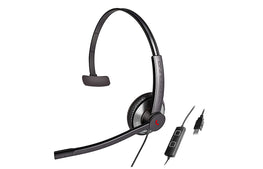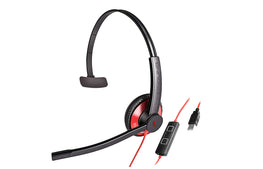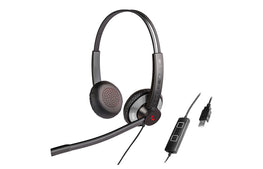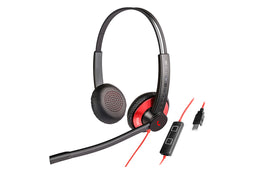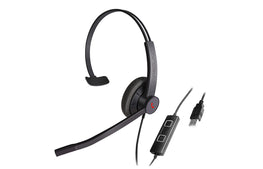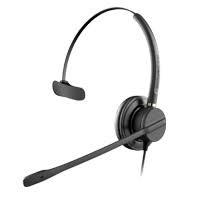
Cloud Voice to Text versus Offline Speech Recognition
Voice to text technology is based on the concept of speech recognition, which involves the conversion of spoken words into written text. This technology makes use of sophisticated algorithms and machine learning models to analyze the audio and determine the most likely transcription of the speech.
The process of voice to text technology starts with speech input, where the user speaks into a usb microphone, which captures the audio of their speech. The audio is then processed by a speech recognition engine, which converts the speech into text. This engine uses complex algorithms and machine learning models to analyse the audio and determine the most likely transcription of the speech. The recognized speech is then output as written text, which can be displayed on a screen, saved to a file, or used to control other applications.
The technology can be divided into two main types: Offline and Online.
-
Offline: In this type of speech recognition, the processing of the speech is done locally on the device. This means that the device has the software and the models that are required for the recognition. This type is less accurate and less responsive than online speech recognition because the device's processing power and the model's accuracy are limited. Example: Dragon Professional Individual 15
-
Online: This type of speech recognition sends the speech to be processed to a remote server. The server has more processing power and more advanced models, which results in a more accurate and more responsive transcription. This type is more accurate and more responsive than offline speech recognition. Example Dragon Medical One or Dragon professional Anywhere
The accuracy of voice to text technology can be affected by several factors, such as background noise, accent, and speech impediments, and the clarity of the speaker's voice. The more advanced the technology is, the better it can handle these factors. Additionally, the more data used to train the models, the better the recognition will be.
Voice to text technology has become more advanced and accurate over time, thanks to the improvements in speech recognition algorithms and the availability of large amounts of data for training the models. These advancements have led to the widespread use of voice to text technology in a variety of applications such as dictation software, virtual assistants, transcription services, and more.

